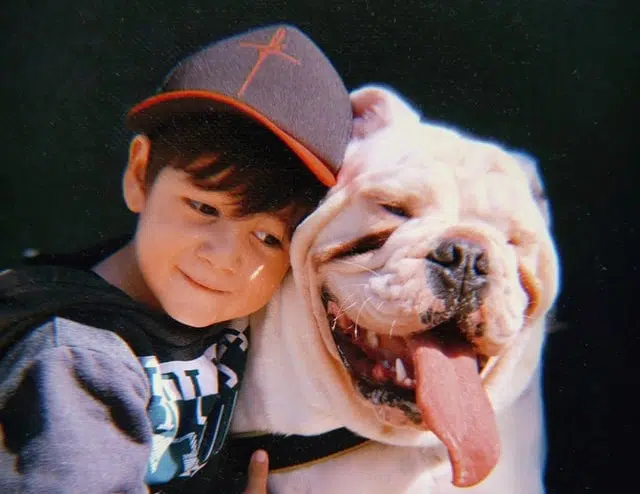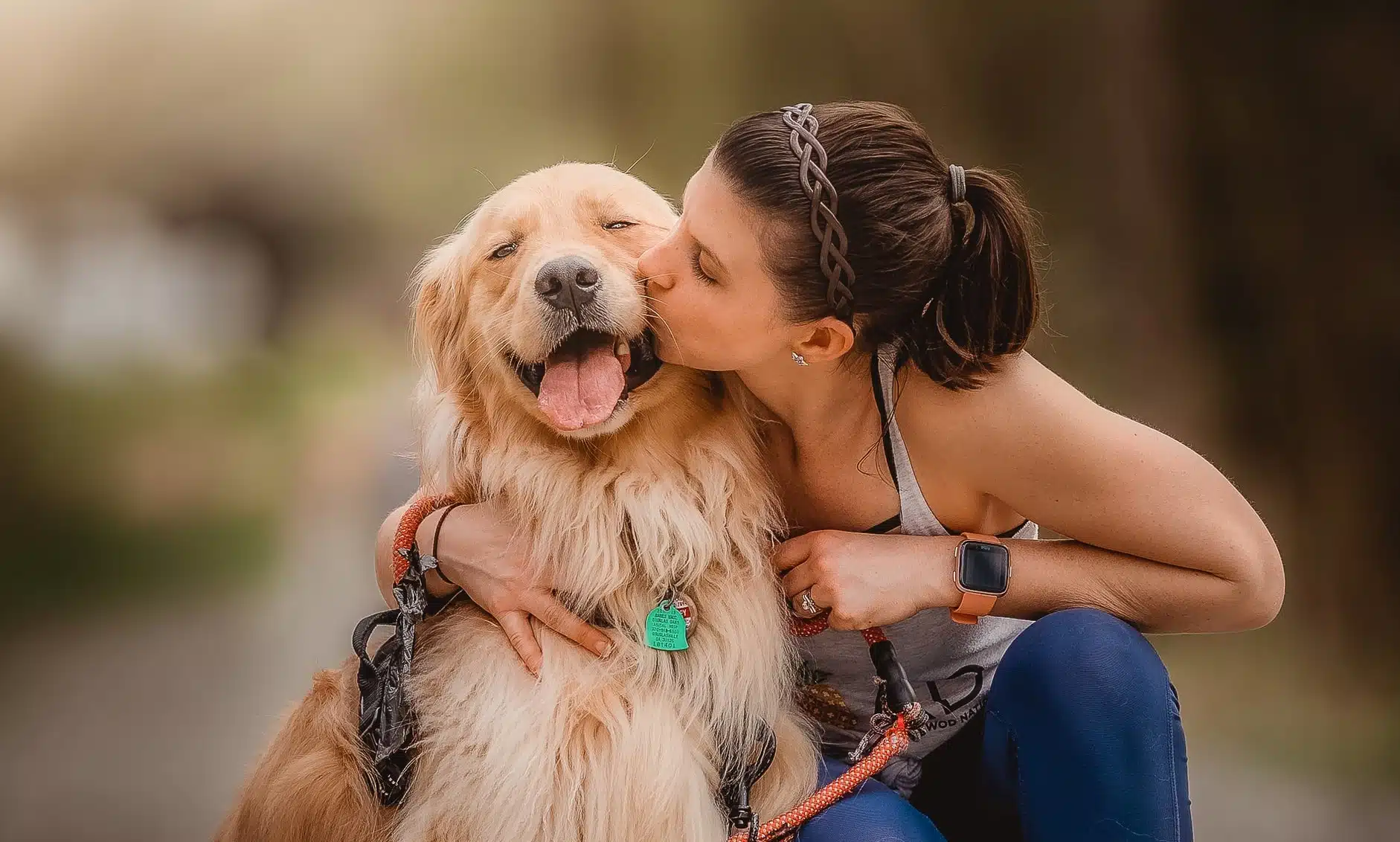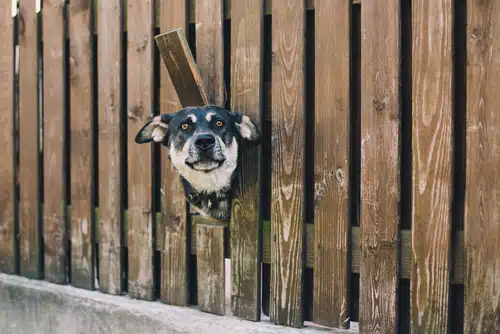Home » Blog » Pet » Pet Health & Safety » What is Cherry Eye and the Third Eyelid in Dogs?
Categories
Tags
animal welfare
breed profile
buying a car
buying a pet
Car
car accessories
car care
car features
car insurance
Car safety
car sales
car service
cat
cat behaviour
cat body language
Cat Breeds
cat food
cat insurance
comprehensive car insurance
Dog
Dog Behaviour
dog body language
Dog Breeds
dog food
Dog Insurance
dog training
eco friendly cars
Kitten
New Car
pet accessories
pet activities
Pet Adoption
pet breeders
pet days of the year
pet fun stuff
Pet Health
pet insurance
pet parenting
Pet Safety
pet services
Puppy
rescue pets
road safety
road trip
safe driving
Recent Blog:
Facebook Posts
22 hours ago
True or false: A stiff brake pedal can stop your car from starting? Answers here…![]()
![]() 3 Reasons For a Stiff Brake Pedal and Car That Won't Start –
... See MoreSee Less
3 Reasons For a Stiff Brake Pedal and Car That Won't Start –
... See MoreSee Less
3 Reasons for a Stiff Brake Pedal and Car That Won't Start
www.pd.com.au
Help! My car isn't starting and the brake pedal is stiff - why?! First of all, if your brake is stiff and car won't start then you've already pieced3 days ago
Growing old sometimes means we can’t take care of pets anymore. Find out some advice on what to do when this happens:![]()
![]() Senior Pet Parents – Contingency Plans for Your Pet –
... See MoreSee Less
Senior Pet Parents – Contingency Plans for Your Pet –
... See MoreSee Less
Senior Pet Parents' Contingency Plans for Pets
bit.ly
Sometimes senior pet parents need more downtime. For older pet owners, this can be tricky to navigate if their dog or cat is full of beans and wants to5 days ago
Celebrating World Vet Day by expressing our gratitude to all the wonderful vets out there! You're the real heroes for our fluffy companions. #WorldVetDaye#ThankYouVetsu#PDPetsdpets
... See MoreSee Less
Dogs and humans have been best friends furever – but dogs can still surprise us. Did you know, for example, that dogs don’t have an appendix and do have a third eyelid? (No third eye, just the lid). Sadly, having a third eyelid can cause cherry eye in dogs – something that’s a very itchy eye condition.
Darn, and just when you thought having a third eyelid could be cool!
But then again it can. Having a third eyelid also comes with some bonuses we’ll tell you about in this article. We’ll also share tips on how to manage your dog’s itchy eye condition as well as the dog breeds most likely to get it…
What is cherry eye in dogs?
Cherry eye is the layman’s term for an itchy, swollen condition that affects dogs’ eyes and looks like a small swollen red balloon stuck inside one. That balloon is actually a swollen gland.
It’s not all that painful. But, it is itchy and uncomfortable and we’re fairly sure if a dog could say so they’d beg you to make it better as fast as possible! But before we get to treatment and breeds that cherry eye most commonly affects, you’re probably wondering…
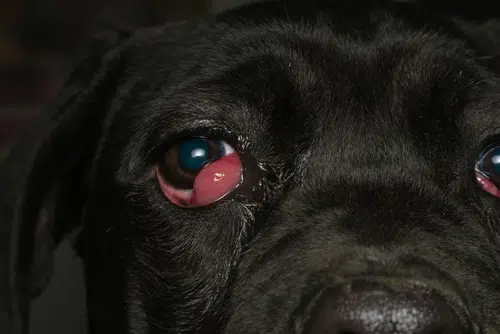
Why do dogs have a third eyelid?
So a couple of questions that go hand-in-hand are what causes cherry eye in dogs and why oh why do they have a third eyelid? The answer to question one is simple, but first we need to answer question two to get there.
Basically the third eyelid (also known as a nictitating membrane to medical folk) helps dogs in three ways:
- It helps to promote oxygen supply.
- It also assists tear production (speaking of which, read about getting rid of dog tear stains).
- Lastly, and perhaps most obviously, a dog’s third eyelid provides added protection.
That’s a very sensible design when you think about the height of a dog’s head in relation to hedges and shrubs. Especially when you picture how dogs like nosing around smelling everything. It must be so easy to accidentally get your eye poked when your face is low to the ground. Unless, that is, you come pre-packaged with a third eyelid!
OK, now for the answer to what causes cherry eye in dogs.
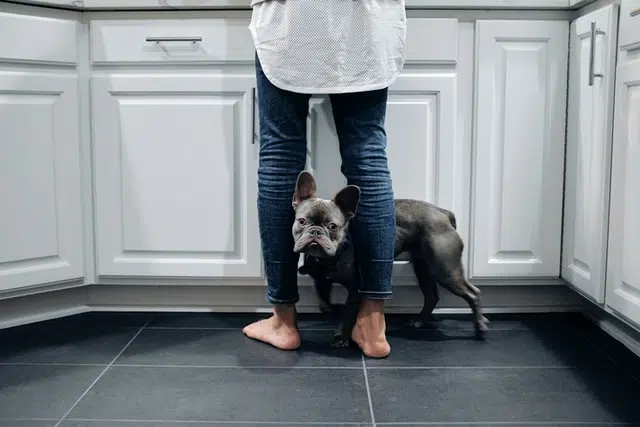
What causes cherry eye in dogs?
Although the third eyelid helps dogs in several ways it can also have an adverse effect. Dogs can get this itchy eye condition when that previously-mentioned gland in the third eyelid moves out of place.
Here’s why the cherry eye…
Prolapsed gland of the third eyelid
When a part of the body is displaced (or prolapses) it can cause a heap of problems. A dog’s third eye has a little gland called ‘the gland of the nictitans’. We kid you not – this is a real name. And yes, we know it sounds like one of the Lord of the Rings trilogy, but sadly it’s a bit more grim.
This gland of the nictitans is attached to the inner rim of the eye via a small fibre. In some breeds this fibre is weaker than in others. The result is a prolapsed gland of the third eyelid AKA cherry eye in dogs.
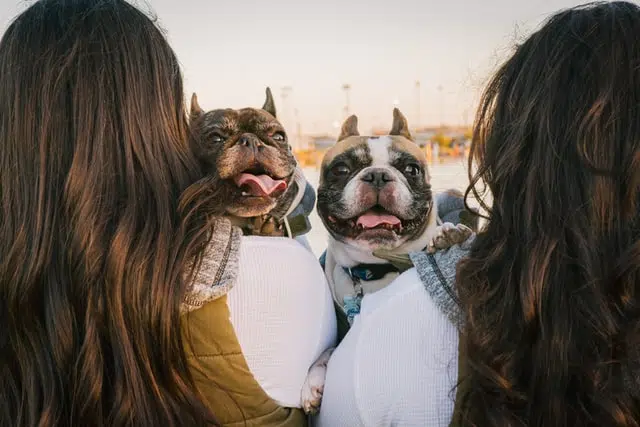
French Bulldogs and other breeds prone to cherry eye
Some dog breeds are more likely to experience cherry eye than others, making it a hereditary condition. Hereditary conditions are passed through the genes over generations and good breeding can help eliminate them.
Hereditary vs congenital
Good breeders can do dog DNA testing and health tests before breeding dogs. Or they can breed from larger and more diverse genetic pools, giving the litters better genetic diversity. Read about how to find an ethical dog breeder and the difference between hereditary and congenital conditions in dogs.
Puppies are prone
Dogs littler than one-year-old are more prone to getting cherry eye. It’s unclear why and still being researched. Thankfully, you get up one or more months of FREE pet insurance with us when your dog is under one year old and PD Insurance covers hereditary conditions after a waiting period passes.
That could be a great health saver in more than one way.
Flat faced pups too
Brachycephalic breeds are most likely to get cherry eye in dogs. Brachycephalic breeds have flatter faces and because their snouts are inverted they often experience health complications. Breathing issues, overheating and eye problems are some examples.
Dogs that fall into this group include the Boxer, French Bulldog and Pug though there are others.
Read about dog exercise requirements by breed to help your current or future pup get their daily dose of action. It will also help fend off unwanted illness and ailments.
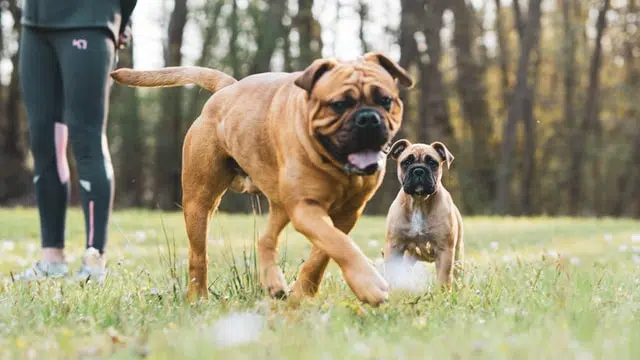
How do you treat cherry eye in dogs?
Minor corrective surgery is the most common treatment for cherry eye in dogs. Surgery entails moving the gland back to its normal position. Basically vets will use their expertise to put things right so your dog can happily gaze out on the world free of the obnoxious bulging red blob in the picture.
Whether you’re a dog mum or dad or planning to become one, knowing about cherry eye in dogs is great healthcare ammo. You’re more likely to recognise it when it happens and that means getting it treated asap, which BTW is crucial – the sooner cherry eye in dogs is treated the better the outcomes.
Reason being, the gland in your dog’s third eye is responsible for producing the liquid that prevents his or her eyes from drying out. When the gland goes AWOL it can’t perform this function properly and this can result in dry eye.
As if cherry eye in dogs isn’t bad enough, who wants their dog living with one thing on top of another?!!! Leaving it untreated can also cause eye infections in dogs like conjunctivitis. And of course, while any or all of this is happening your dog is in real discomfort and might end up pawing or scratching their eye.
Recovery after surgery
Thank goodness for your dog, the gland quickly returns to functioning normally after a few weeks’ recovery.
Some factors to keep in mind about cherry eye in dogs and its treatment and recovery are:
- A prolapsed third eye gland can be a repeat occurrence so your dog may need surgery more than once
- Dogs that have cherry eye in one eye will eventually have it in the other
- Corrective surgery is better than removing the gland and risking dry eye
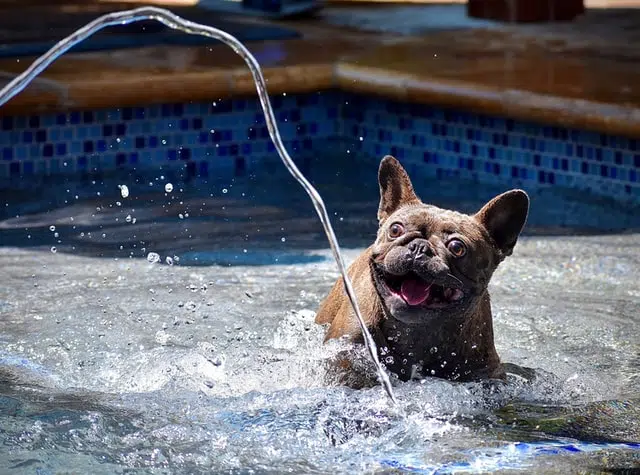
Can cherry eye go away by itself?
You may be wondering whether cherry in dogs could resolve itself without surgery. In most cases surgery tends to be the only remedy, however, it’s possible occasionally for the gland to correct itself.
Some pet parents also have success with the following for their pups:
- Prescription steroid medication (however this sometimes only temporarily reduces symptoms)
- Carefully massaging the affected eye to reposition the prolapsed gland (when the cherry eye has just started)
Ideally you have a great pet family vet who you trust and who you can turn to for advice. Knowing a trusted professional will guide you to the best solution can do wonders for both the outcomes and peace of mind.
How else can you help?
Another important part of the solution that will give you peace of mind is dog insurance. A pet plan can help you pay for the cost of all kinds of surgeries for illness and accidents, prescription medicine and other non-routine vet visits. This way you know you can get your dog treatment when they need it most without second-guessing their value vs any financial implications.
Dogs love us eternally; why not give them a helping paw when they need it most (and before they do). Click below to price a PD Insurance plan. It’s fast, simple and easy to use when you need to contact us, make changes or claim.
Share On:

